Effective communication
OHS Needs Effective Communication
The Oxford English dictionary definition of communication is:
“The imparting or exchanging of information by speaking, writing, or using some other medium”.
Communication involves the giving out of messages from one person and the receiving and understanding of those messages by another or others – this is not always verbal.
There are many reasons why we communicate with each other:
- Information giving.
- Problem solving.
- Understanding their needs.
- To share ideas.
- To allow people to offer comment.
- To make decisions.
- To review and evaluate what has been done.
- To ensure that workers feel included.
However, there is a difference between communicating and using effective communication. Effective communication is where all parties are listening and have the opportunity to give their point of view. The method of achieving this will vary depending on who is involved. It is the difference between information being delivered in any format and it being understood by the recipient.
No matter the reason or the form of communication, we should all try and ensure that we adapt our communication method and approach to our target audience without patronising or bamboozling the person we are trying to communicate with.
As with almost any role, effective Health and Safety management also requires reliable communication in order to be implemented properly. A breakdown in communication may well spell a breakdown in SHE policy and controls, thus it goes without saying that OHS needs effective communication.
This often goes beyond words as well; body language and expression make up a large proportion of person-to-person communication. It can reflect our true feelings more than the spoken word and this is something we all need to be more aware of. Expression, tone of voice and positioning of the body can convey a completely different message to what a person is trying to communicate.
However, this is a complex topic so bear in mind that a person who is cold will display the same body language as someone who is feeling defensive. Signals can be misread, and it can be dangerous oversimplification to assume there is one clear-cut set of definitions for all situations.
As such a pragmatic but considerate approach is a must when considering workplace communication and its place within Health and Safety policy.
Communication types to promote Health and Safety
As SHEilds mentions in our Diploma material, communication types to promote Health and Safety messages within an organisation can be categorised under five headings:
- Verbal – Meetings, presentations, lectures, toolbox talks, workshops and informal/formal conversations (face-to-face, phone/video conference).
- Electronic – Emails, social media, conference calls, skype.
- Printed – Procedures, policy, risk assessments, manufacturer or supplier information, instructions, leaflets, handbooks.
- Pictorial – Diagrams, charts, displays, photographs, drawings, safety videos, safety signs.
- Social – Informal discussions.
Each one of the above can take various forms depending on what the communication is for.

Learn more about communication in Health and Safety through an online course and become qualified to Diploma level.
Communication in Health and Safety
Verbal communication in Health and Safety can be used for a variety of reasons such as giving instruction, asking questions, discussion, etc.
However, in order for it to be effective, the listener needs to ensure that they understand what is being said and feel able to clarify any points that they do not understand. For use with a Health and Safety topic, it is a proactive form of communication and does not rely on the sending, receiving and reading of written correspondence.
It is important to check understanding with verbal communication; if you are the recipient, repeat back what you have understood. If you are delivering information, check understanding with the recipient, don’t assume that they understand.
Electronic written communication will provide a written record of what has been communicated and will also form part of an audit trail, which will be useful for those accredited to ISO 9001 (quality management). It avoids ambiguity and can be sent to multiple people at different sites in a matter of seconds.
Social media is now becoming an expected form of communication with stakeholders for any organisation and it means that messages and marketing can reach thousands of people through Facebook, Twitter, Instagram and LinkedIn platforms. It has been shown to increase profit and awareness when targeted correctly and in a sustained, consistent approach.
However, to ensure impartiality and good customer relations, this type of communication must be monitored and managed by the appropriate people who are properly trained in customer service. Sadly, complaints now seem to be aired instantly online rather than with the organisation directly and as such can also reach a target audience of thousands.
Printed communication is essential in Health and Safety for promoting and conveying essential safety information such as the hazards and risks associated with specific tasks, control measures that should be used and any reports or investigations. This can then be sent to any relevant parties.
Pictorial communication involves mandatory signage with different colours representing the various types of signage (green for exit routes, first aid, muster points, etc., yellow for danger and blue for mandatory). However, training must be delivered to workers so that they can understand the signs.
Other pictorial representations can be used for training, evidence after an accident/incident or for mapping progress or targets in the form of a chart or graph. They can give instant messages at just a glance which is useful and effective in a busy environment.
Social communication can involve a session where ideas are bounced around, but can also start rumours and unease. A poor safety culture will be rife with informal discussions on what may be wrong with an organisation and to turn this around, managers will need to enable workers to voice their opinions more effectively through more formal meetings and worker consultation.
Barriers to effective communication
There will always be times when there are barriers to effective communication, no matter which format is being used. This can be as a result of:
- Conflict among workers;
- Complaints from stakeholders or customers;
- Harassment or bullying in the workplace;
- Difficulties over resource allocation;
- Time pressures from targets or high productivity expectations;
- Lack of understanding or knowledge;
- Poor consultation or communication between management and workers;
- Lack of interest by either or both parties;
- Being unprepared;
- Not listening or being listened to;
- Too much or too little information;
- Too much technical information or jargon for the target audience;
- Environmental factors such as noise, cultural, linguistic, disability or physical barriers like a table or desk;
- Inappropriate body language.
To avoid such a situation, or to resolve disputes and complaints, a consistent approach is required following a set procedure. This will ensure that these areas are all dealt with in the same way and will give guidance on any mediation or conflict resolution. A good policy for complaints or dispute will also outline to all parties what can be expected.
Some simple guidelines for effective communication are:
- Think first.
- Keep it short and simple (KISS).
- Avoid ambiguity.
- Keep it relevant.
- Put it into context.
- Make it interesting.
- Use an appropriate style and language.
- Use an appropriate medium.
- Watch the jargon.
- Check understanding (feedback).
Above all, always remember that without communication, delivery of functional Health, Safety and Environmental management strategy becomes an impossibility. No amount of assessment, planning and control measures will reduce risk if staff do not understand or feel motivated to become involved and make use of them.
Victoria Hughes
BSc(Hons.), DipNEBOSH, EnvDipNEBOSH, MCMI, CertIOSH
SHEilds Student Support Tutor

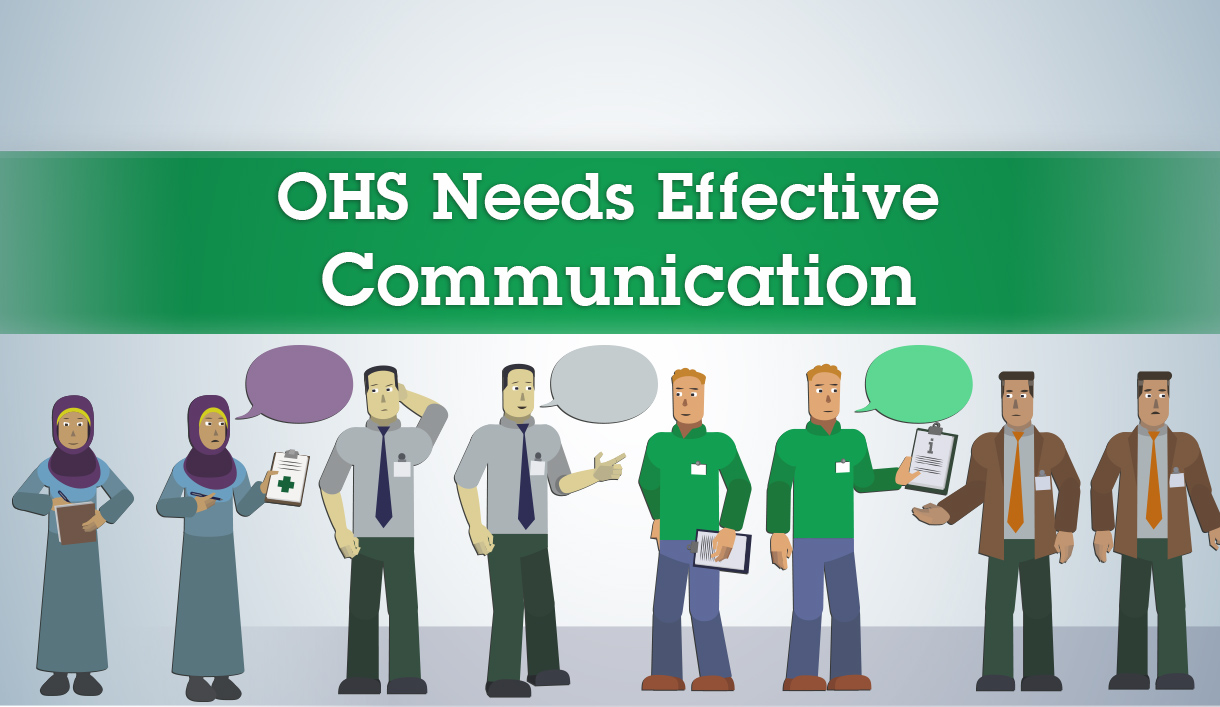
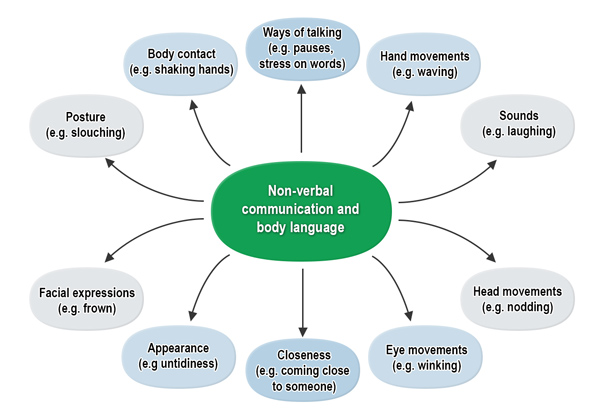
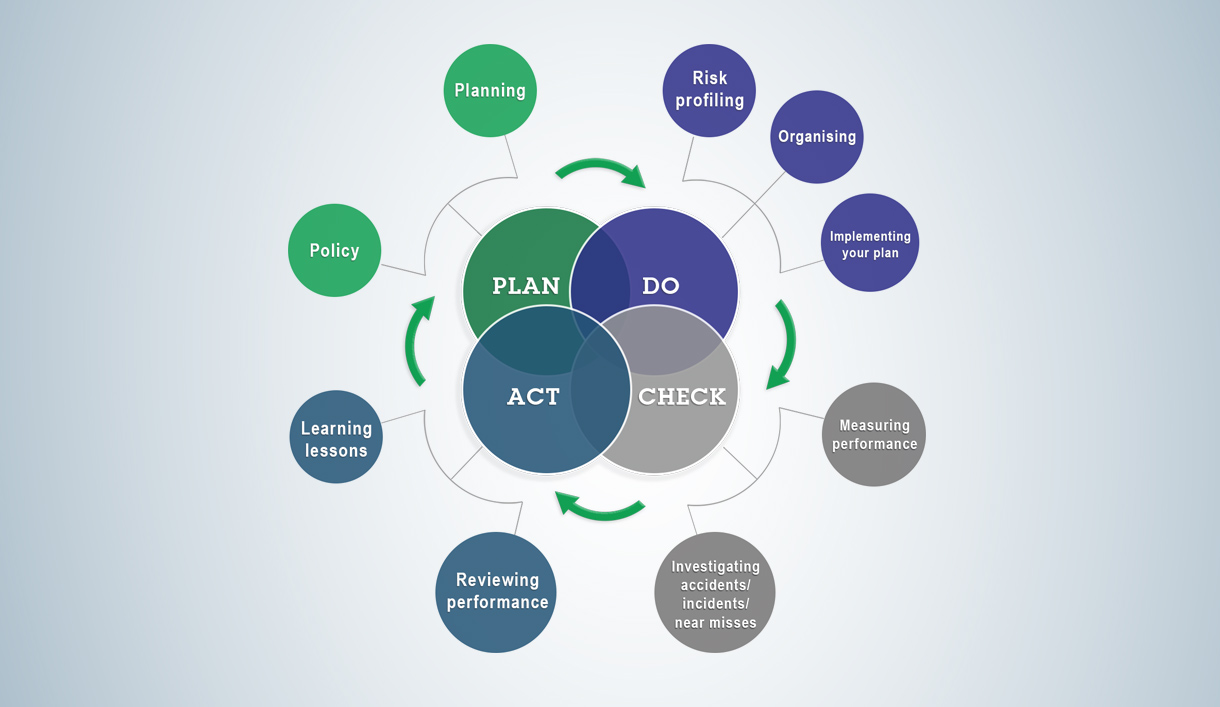
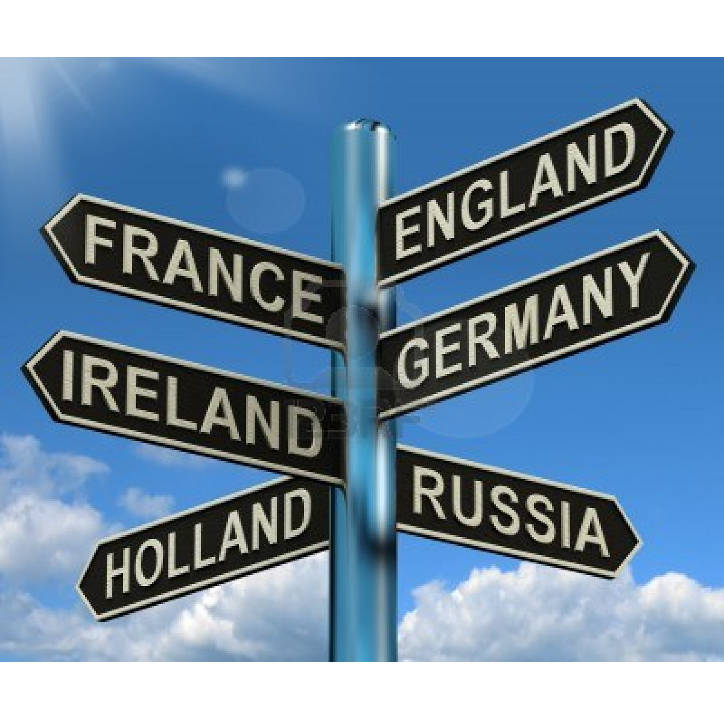

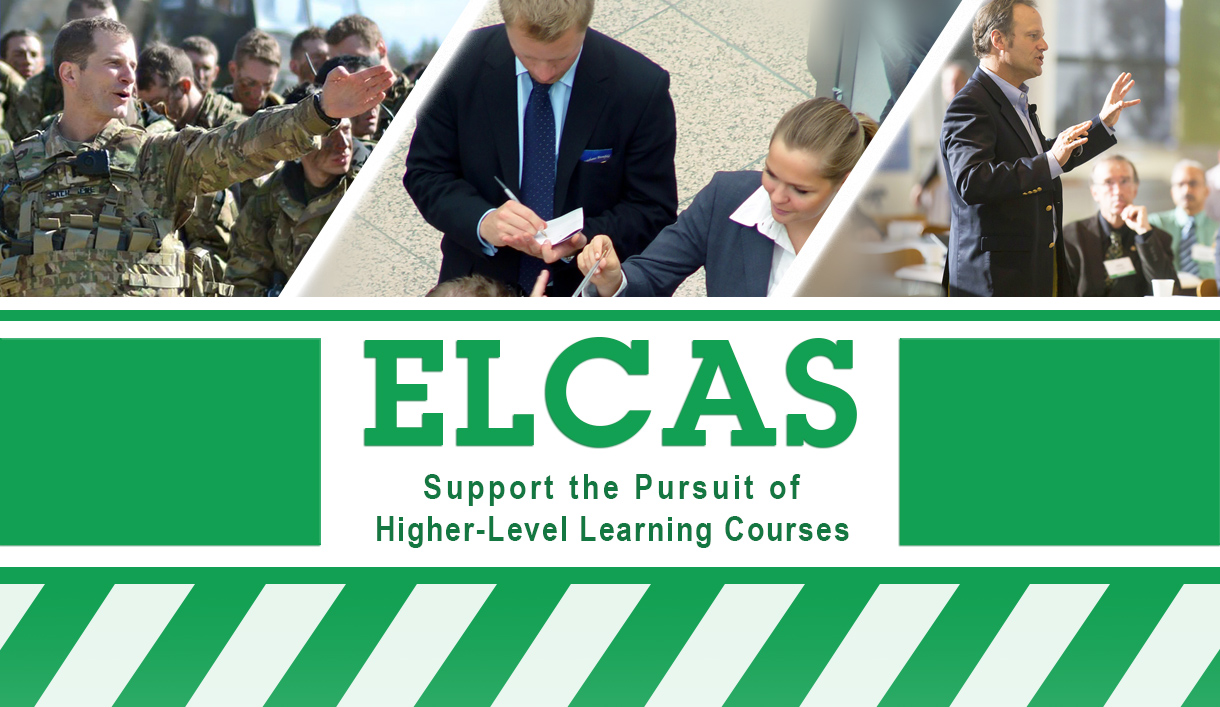

Leave a Reply
Want to join the discussion?Feel free to contribute!